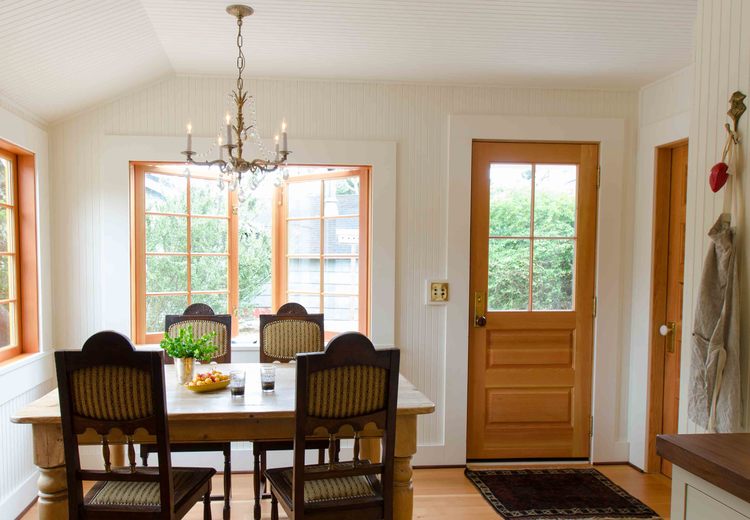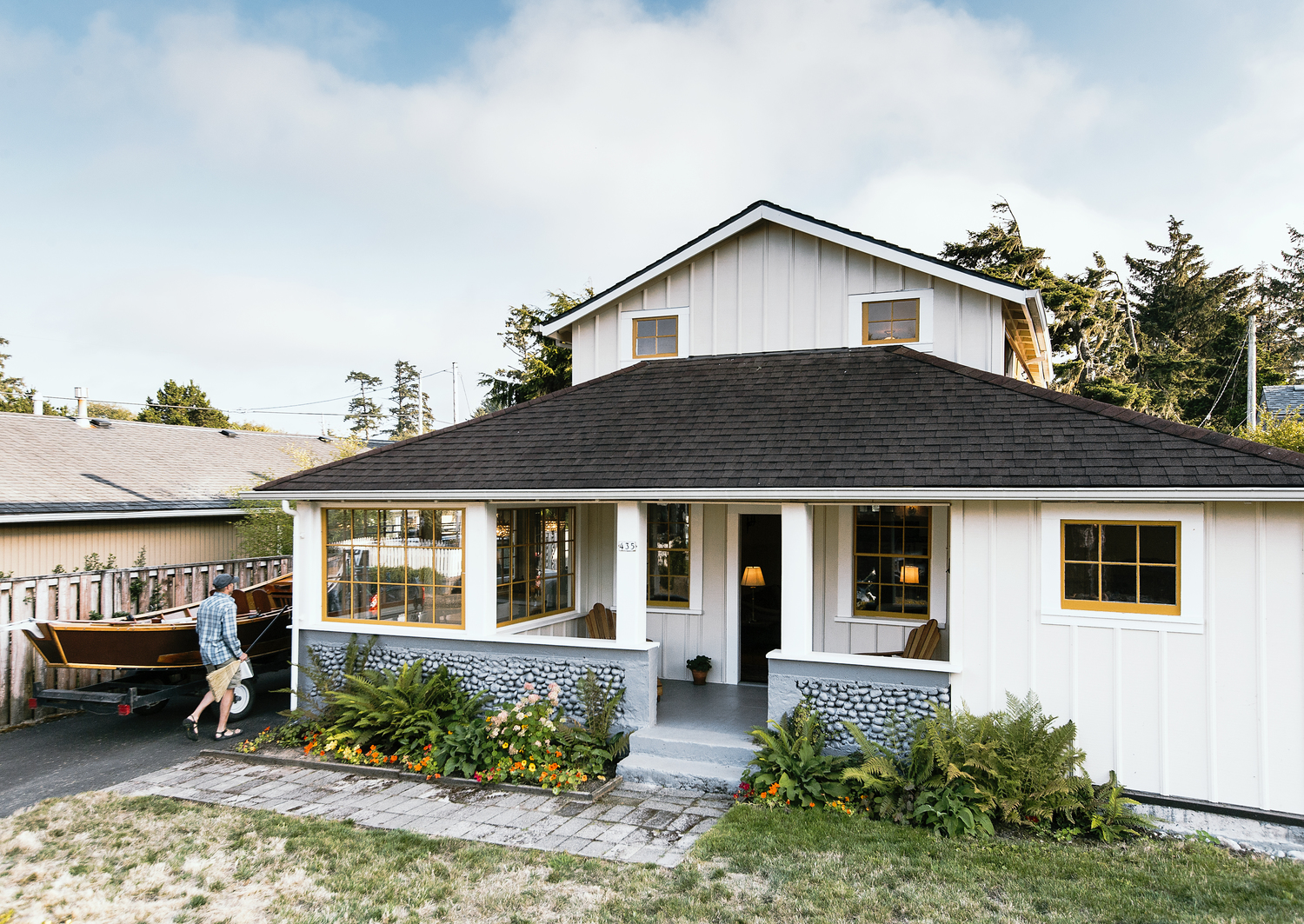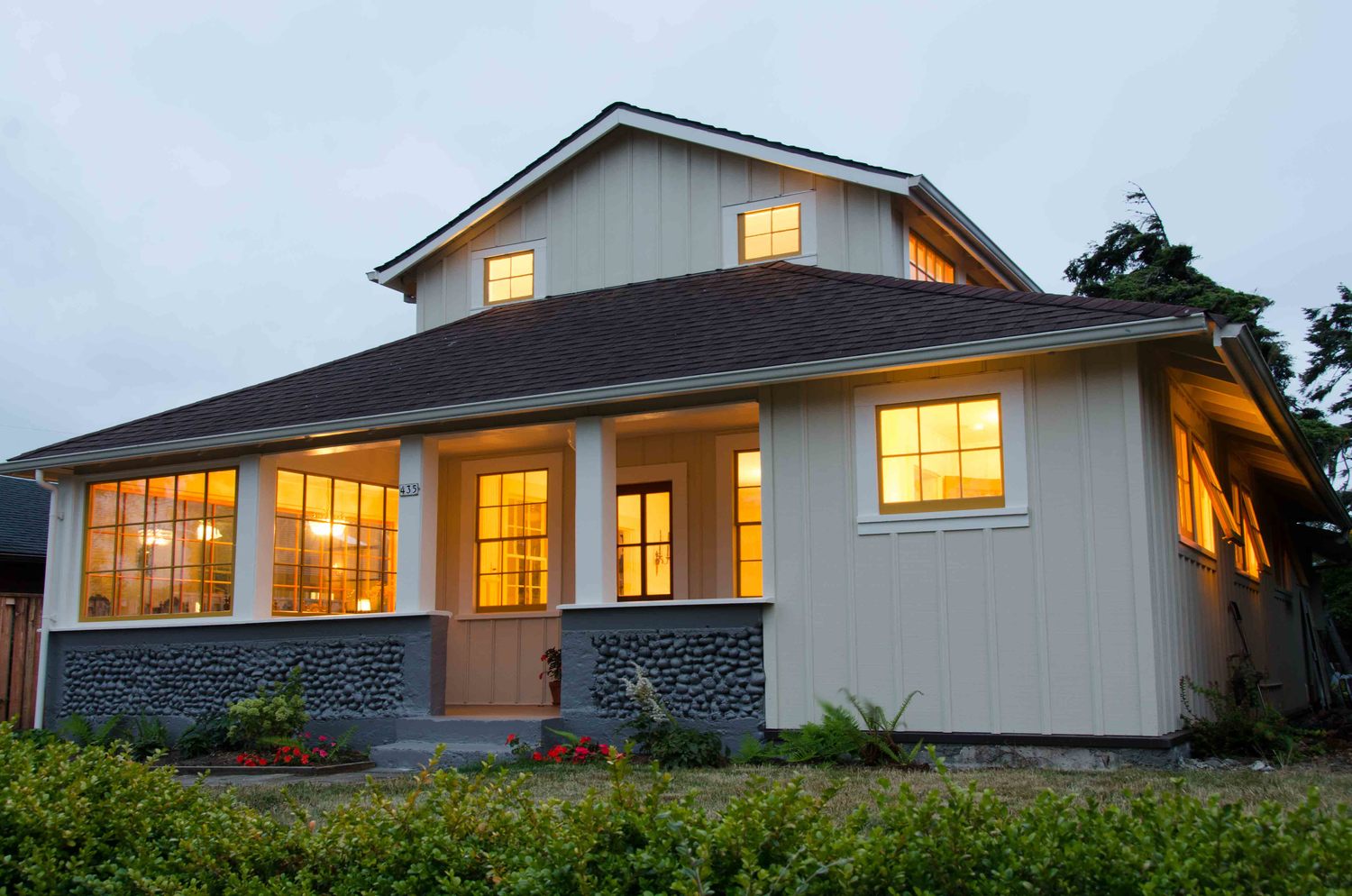
old salty
What looked to be a scraper, this original 1910 Seaside, OR cabin was ripe for rescue – with rooms enveloped in bead board, a large wraparound porch and light coming in on all sides. What it lacked was coziness, structural stability, and some important basics like heating and operable windows. All this changed with a whole house remodel that included vintage and second-hand design details that added an authentic patina to this coastal retreat.
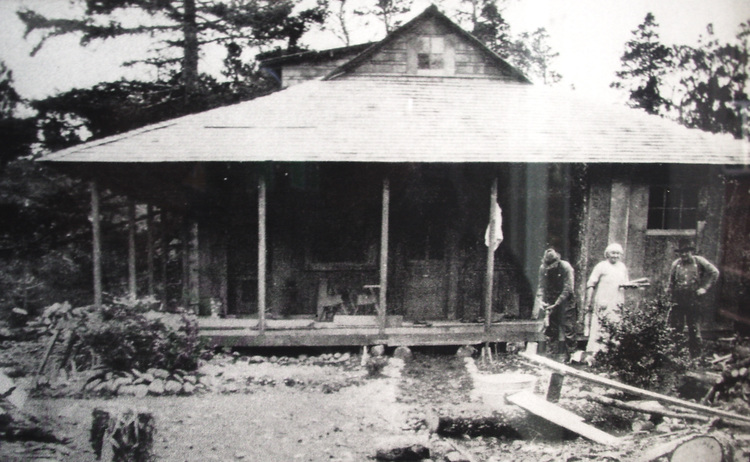
The first floor had so much going for it. A great first impression with a welcoming front porch. A large living room anchored by a fireplace at one end and three small sleeping “berths” off the side. Perfect for a cabin. But once you left the living room, everything fell apart. Multiple bad additions made the kitchen unusable, as well as unlovable. An unfortunate stair cut through multiple rooms. The original 1910’s character of the home had been eroded.
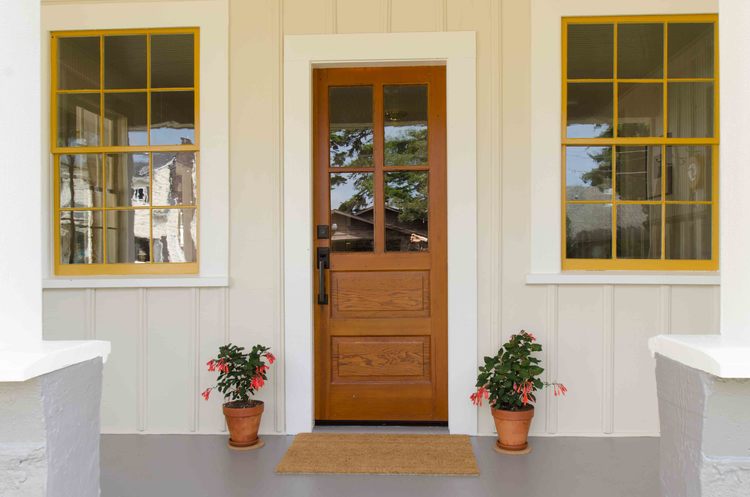
To reimagine it, we had to take it back to the basics.
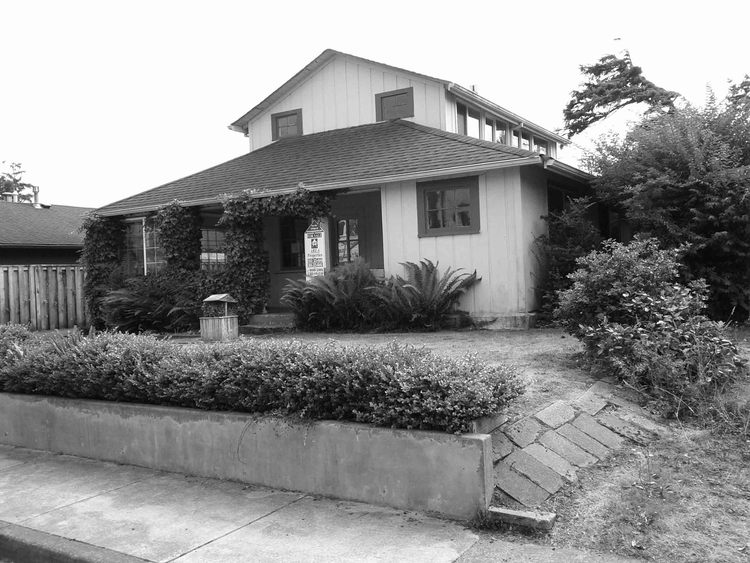
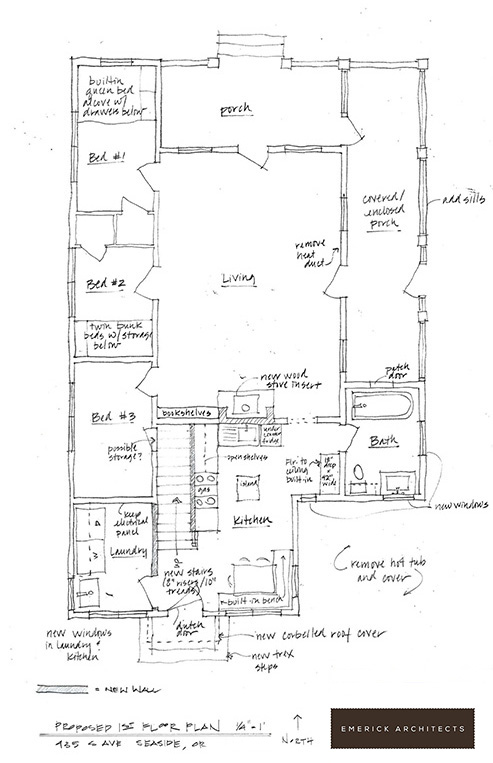
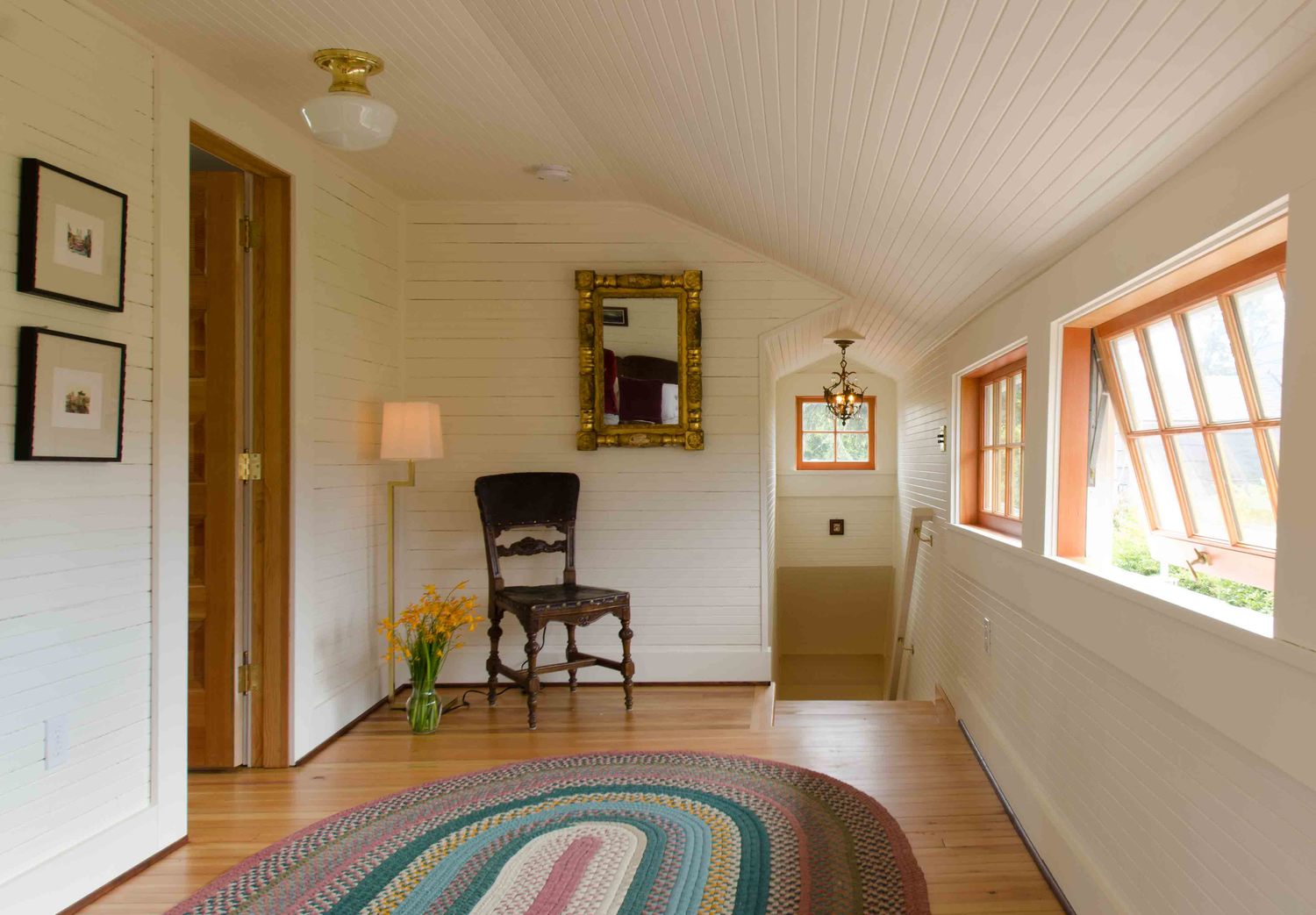
The only way to reach the 2nd floor attic storage was through a twisting ladder stair. A small dormer was introduced and a true staircase was built. Now with appropriate access, the entire floor was recreated for a master suite. A new bathroom, closet and wrap around windows complete this now favorite area in the house.
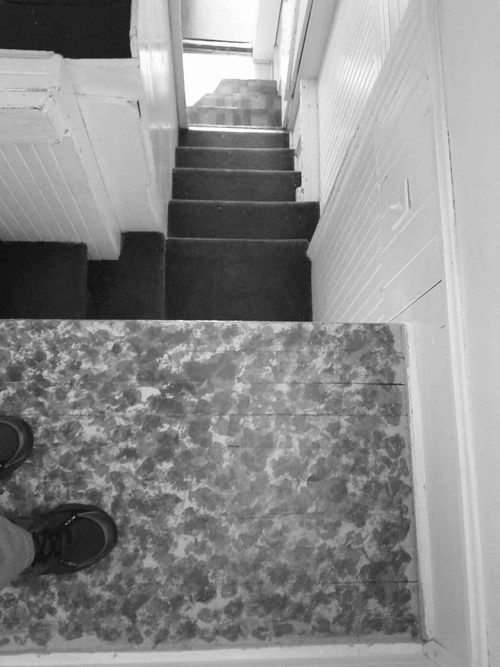
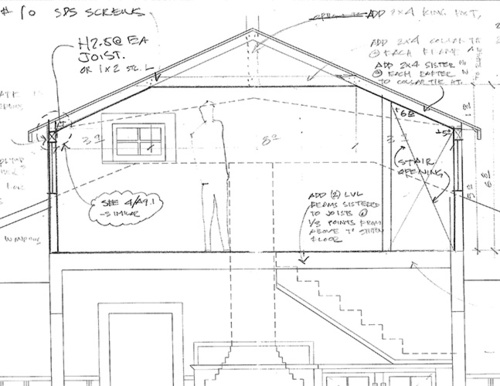
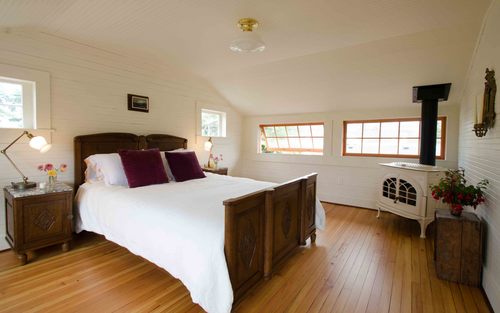
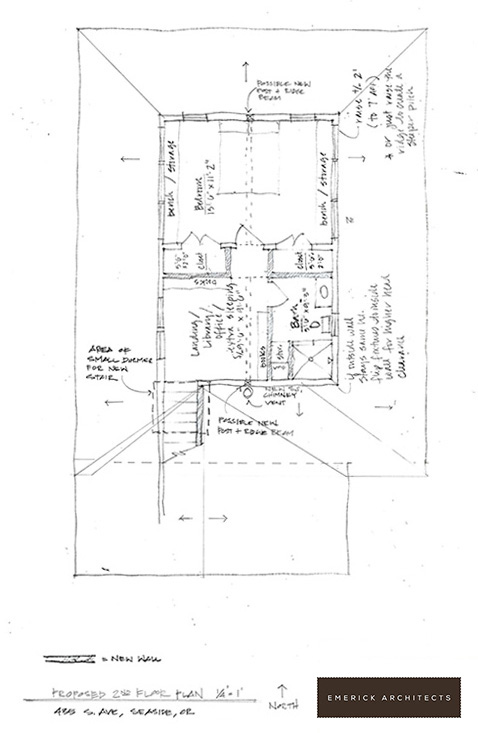
Restoring cabin charm to the kitchen played a major role in the home’s transformation. The old stove was found at a garage sale and given new life.
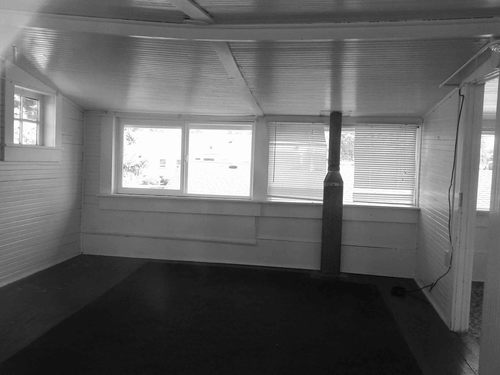
Stair access wasn’t the only hurdle facing the upper level. With a ceiling less than 6′ high and a floor that made you feel as if you were riding a ship on a choppy ocean, no one saw much potential in the space. But after a bit of sleuthing, we realized it had a dropped ceiling that was hiding a much taller one above! Throw in some strategic steel beams for stiffening the floor and voila, the “Cloud Ship” master bedroom was born.
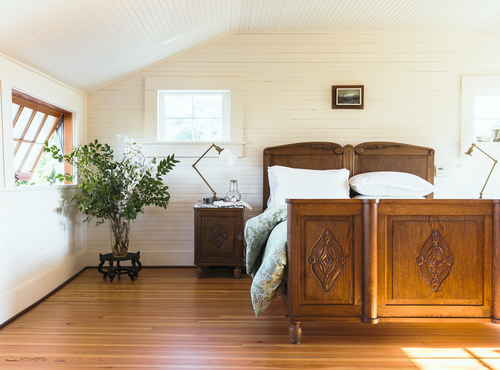
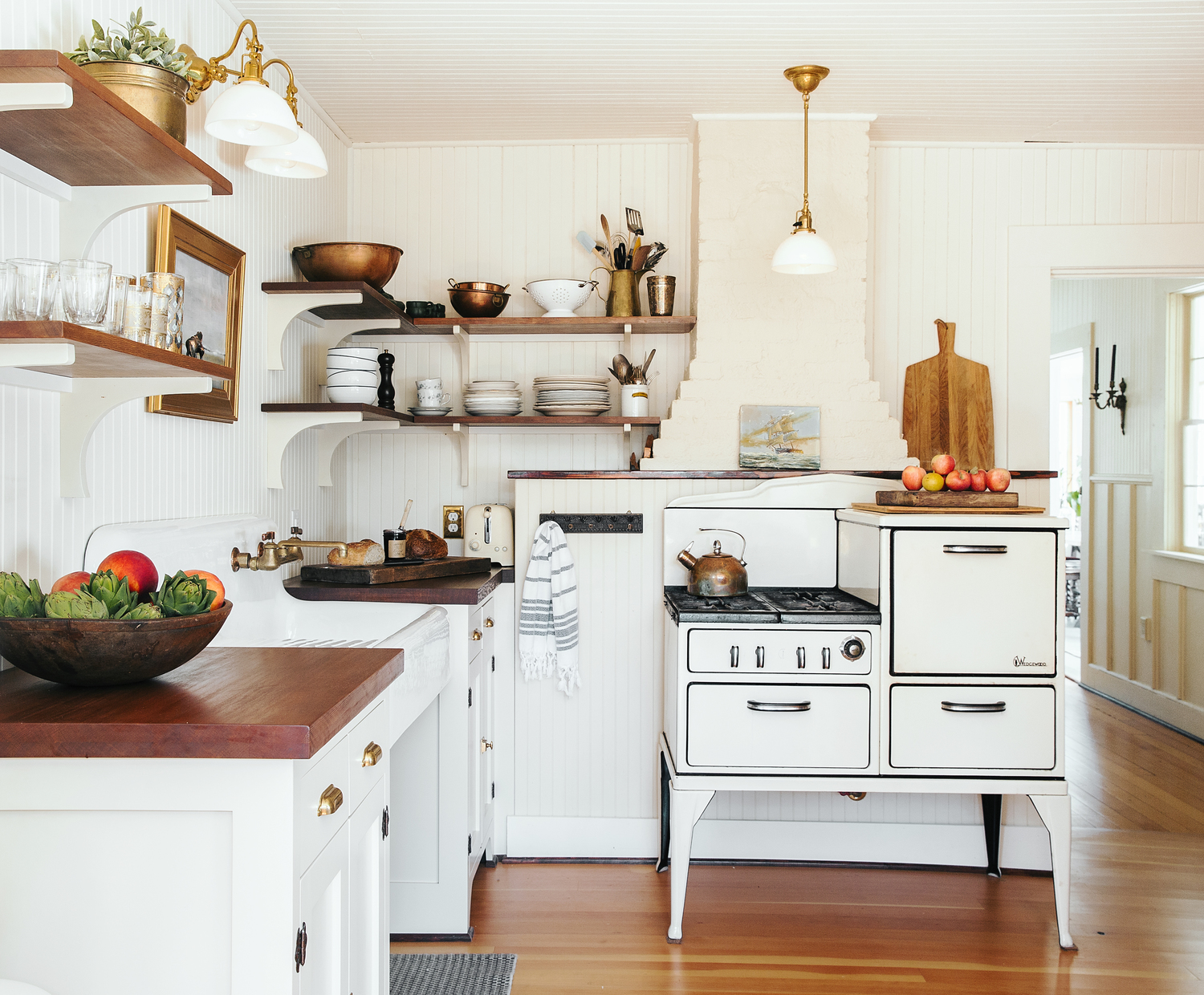
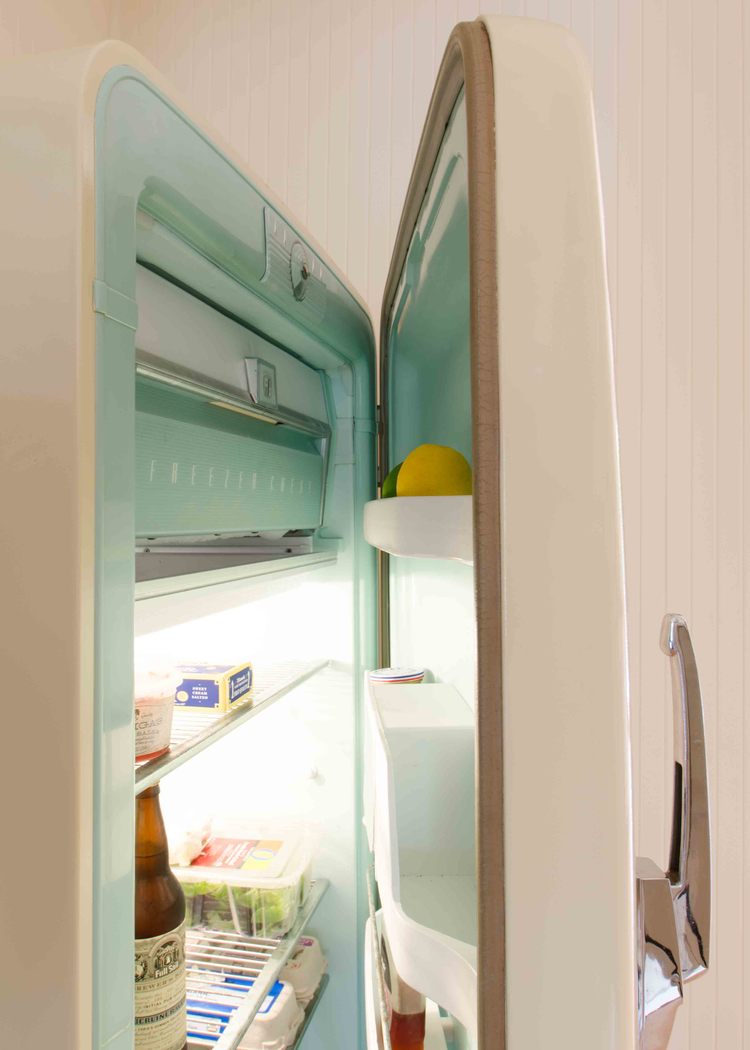
The rustic feel extends beyond just the kitchen, almost every object in the house is from second-hand stores. Vintage chandeliers were hung above a reclaimed wood table in the dining room. The bunk beds were handmade by the homeowner and his daughter from leftover lumber. True to the historic community, priceless relationships were formed along the way with local shopkeepers, sellers and refurbishers. Appreciating the histories and gentle use of all these interior pieces makes for great stories that only add to the home’s creative appeal.
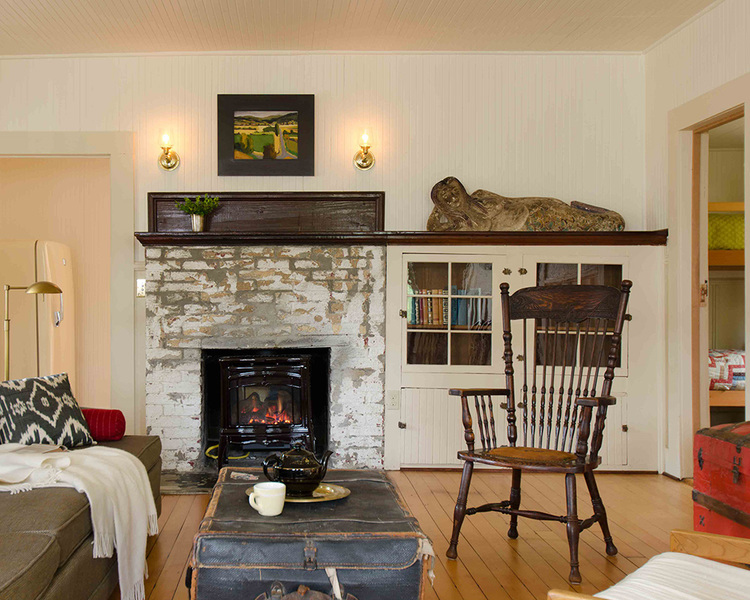
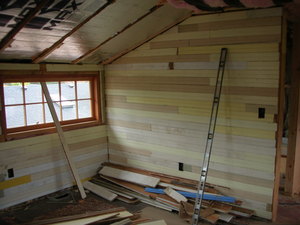
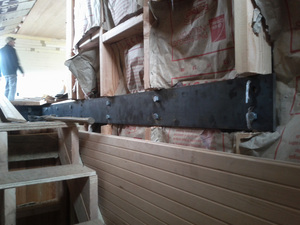
The original foundation rested on firewood logs that had rotted out and caused dramatic settling, so reinforcing and leveling the foundation was the first step in bringing the house back to life. Steel beams were then used to stiffen the second floor, which allowed for the new master suite and dormer to take form. Upstairs, the exterior walls were in desperate need of some insulation, but in order for that to happen on their tight budget, the owners had to painstakingly remove, salvage and reinstall the original bead board.
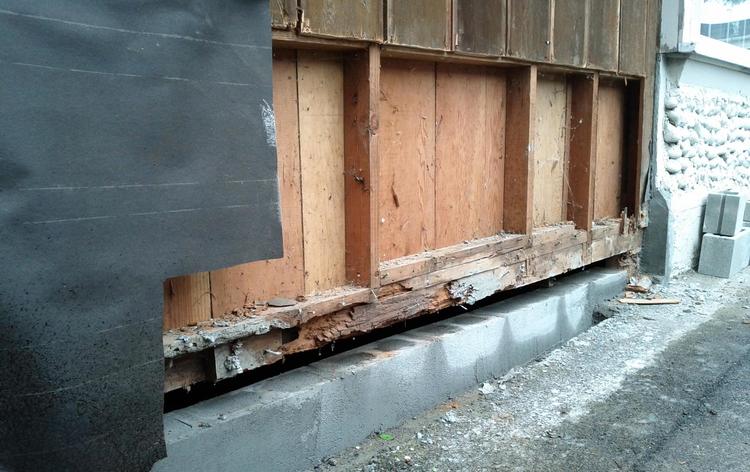
The vintage fridge was a Craigslist find bought from the original owner. The new faucet was stripped down to its brass core, adding an authentic touch to the farmhouse sink. Open shelves were crafted from native fir to bring a welcome and airy feel to the space. Each element was thoughtfully considered for beauty and ease of access for weekend retreats. So much so, that it was honored with Remodelista in their international “Considered Deign Awards” as top 5, Best Kitchen Space- Designed by Professionals.

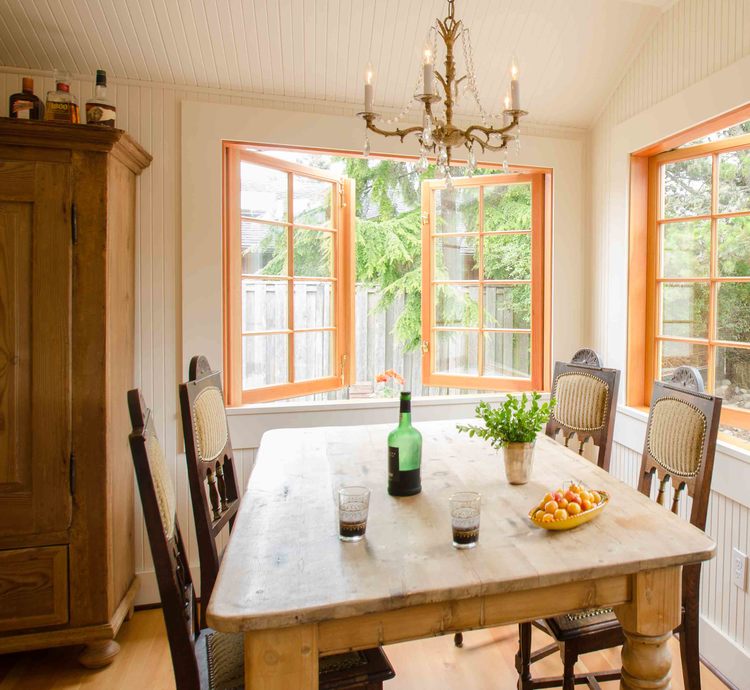
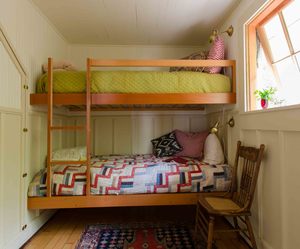
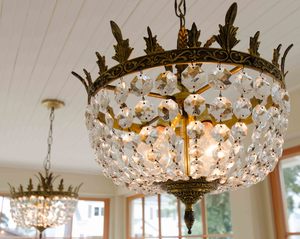
Vintage chandeliers were hung above a reclaimed wood table in the dining room. The bunk beds were handmade by the homeowner an his daughter from leftover lumber.
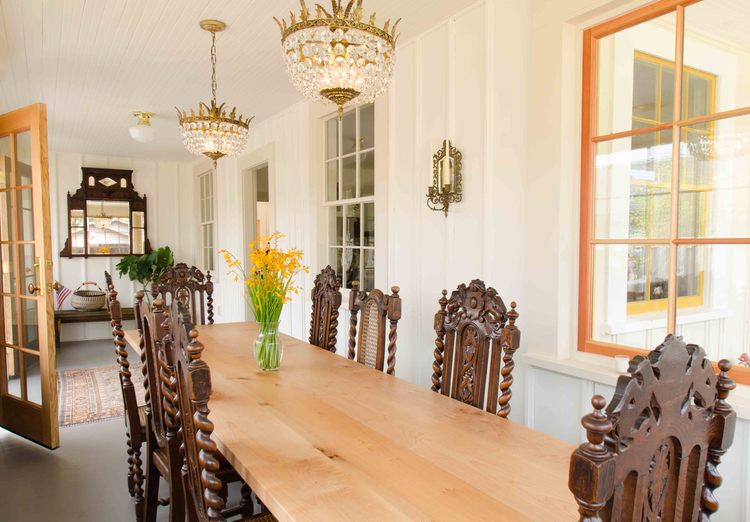
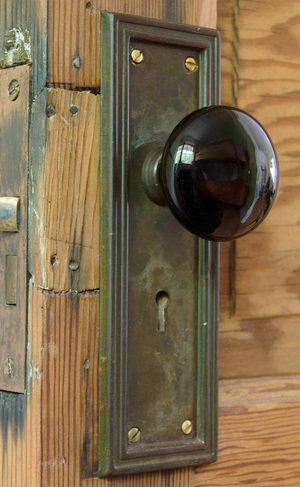
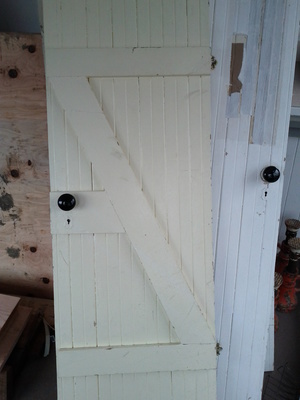
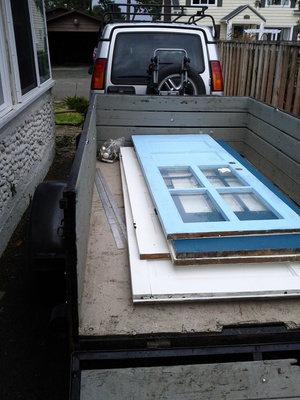
Rather than purchase new doors for the house, the original ones were salvaged and reused throughout. All of the existing hardware was refinished, and each door was stripped to reveal the bare wood hiding under years and layers of paint and finishes. A true labor of love, reviving all of the original doors and hardware was a budget friendly way to update the cabin and restore some vintage charm.
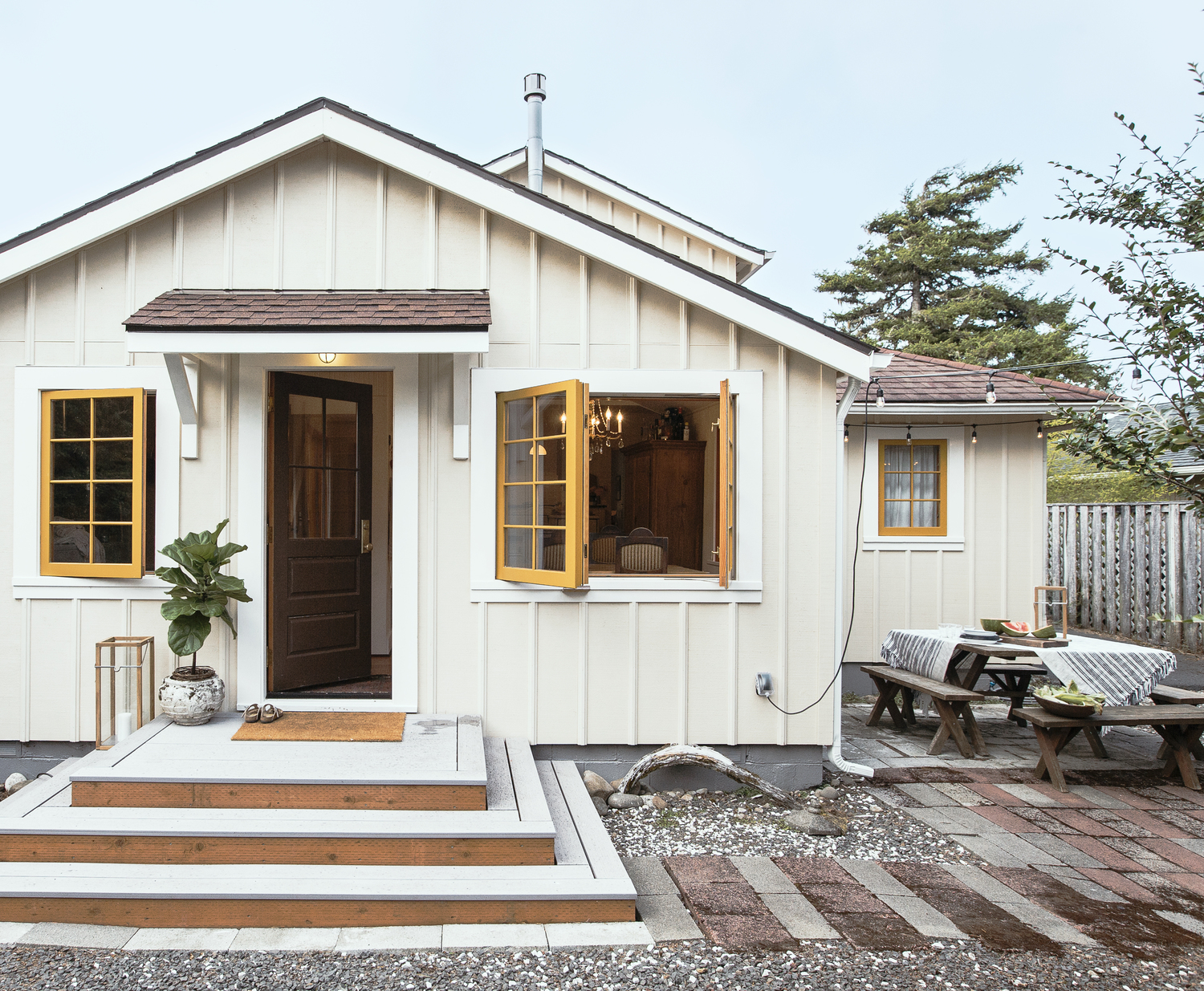
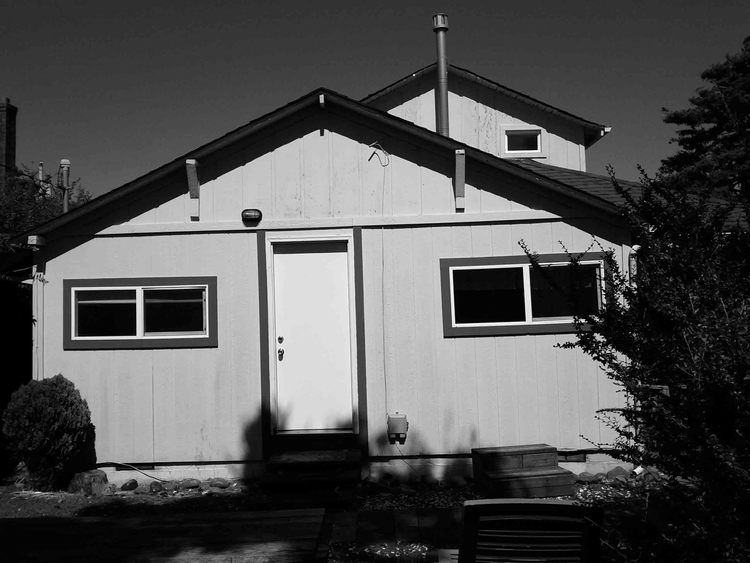
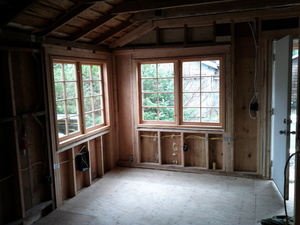
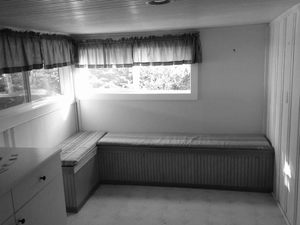
The back of the home was marked by an unfortunate addition that never looked like it belonged. This whole area was ultimately stripped back and reimagined. As the sunniest corner in the entire house, wraparound windows and an eating nook were created to take advantage of the incredible daylight. The exterior finishes were replaced and new details added to make it fit seamlessly into the home’s 1910 heart and soul.
